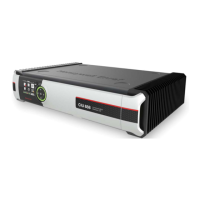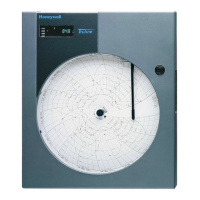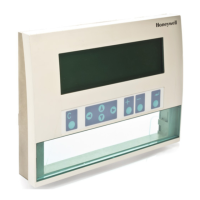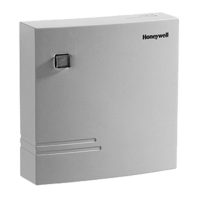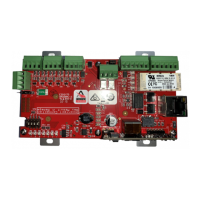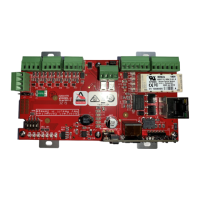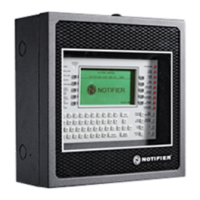perating and Installation
If the CNI2 is programmed to call more than one computer, and the computers’
clocks are different by more than 20 seconds, th
is will result in Clock Resync alarms.
During packet (Internet) connections DC
2009 prepares the message containing the
day and sends it to the CNI2. If a packet does not arrive after a certain
amount of time, the same packet is retransmi
tted. This will be repeated several more
times before the connection is terminated. If it takes over 20 seconds to deliver the
packet, then the time in the message will be 20 seconds older than the CNI2’s
daily volume use is below the limits for pulse inputs 1, 2, 3 and 4
daily volume use is above the limits for pulse inputs 1, 2, 3 and 4
interval volume use is below the limits for pulse inputs 1, 2, 3 and 4
interval volume use is abov
e the limits for pulse inputs 1, 2, 3 and 4
This alarm indicates that the battery pack in the CNI2 needs to be replaced as soon as possible.
The voltage level at which the alarm will occur is programmed using MP32. The
be changed as soon as possible to continue uninterrupted service.
Battery voltage level drops in cold weather. If the unit is located in cold climates you may
battery alarms as the temperature
drops. As the unit warms up during
the day the voltage may return to acceptable levels. However, any low
taken seriously and the battery should be replaced soon. If the battery gets too low the unit may
no longer be able to make
calls and may not be able to save its’ pulse data.

